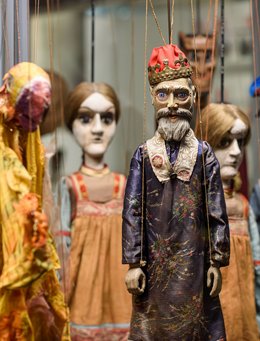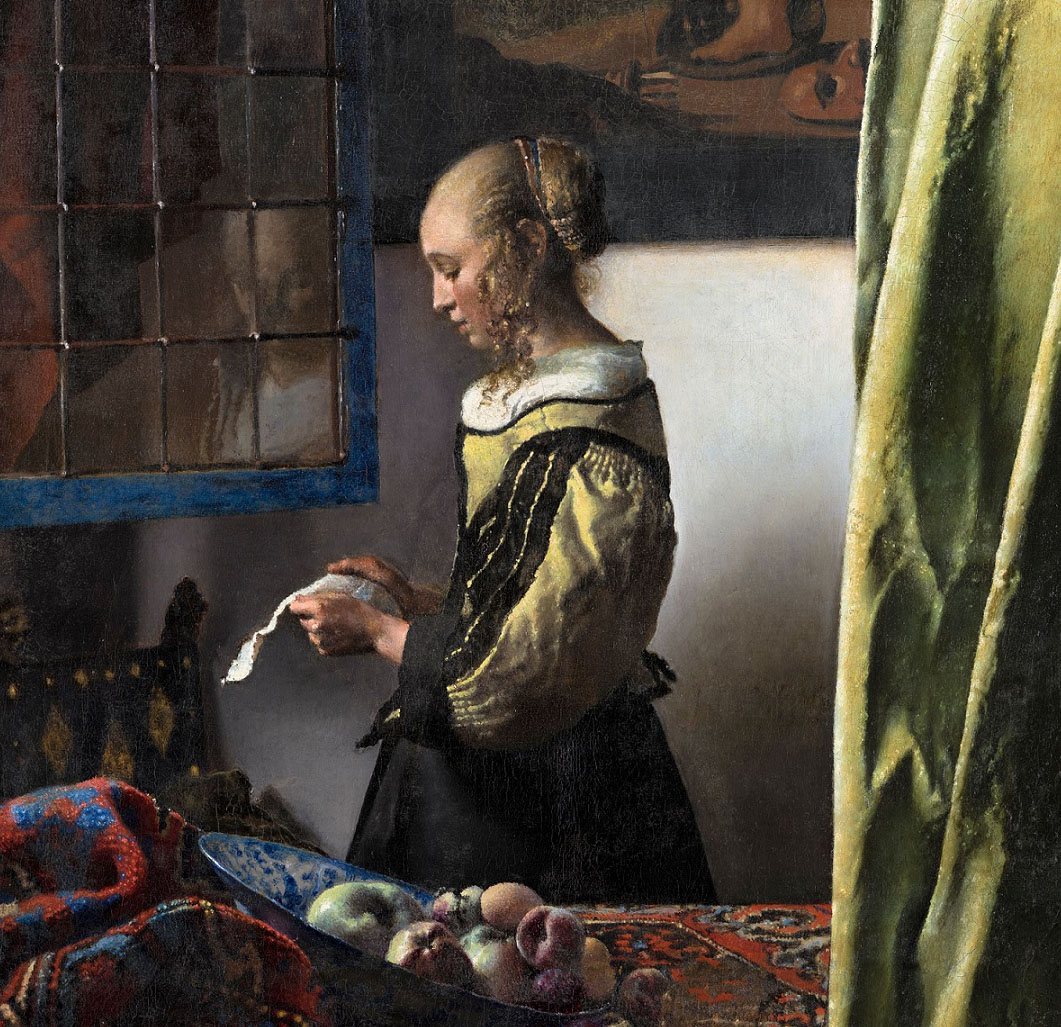Meissen plates from the von Klemperer Collection
The 18 plates from a Meissener table service dating back to 1760 are haunting testimonies of displacement and loss, as well as restitution and reconciliation. They are part of the estate of the Jewish von Klemperer family, who fled from Dresden in 1938 and whose collection was confiscated and handed over to the Porzellansammlung (Porcelain Collection). The plates suffered extensive damage during the bombing in 1945. After the war, some complete pieces and numerous shards were discovered and eventually returned to the family. Edmund de Waal bought the plates at auction, and invited Japanese artist Maiko Tsutsumi to reassemble them using the traditional Kintsugi method of mending with gold lacquer.
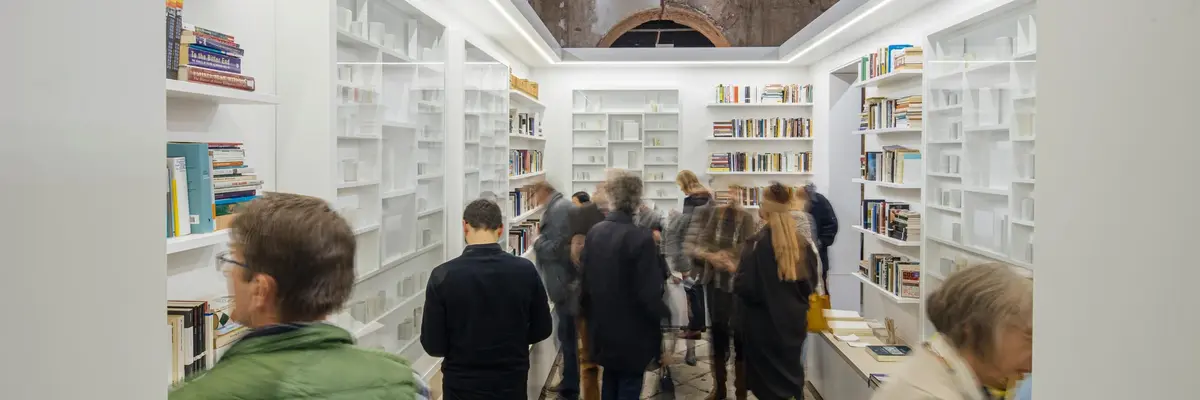
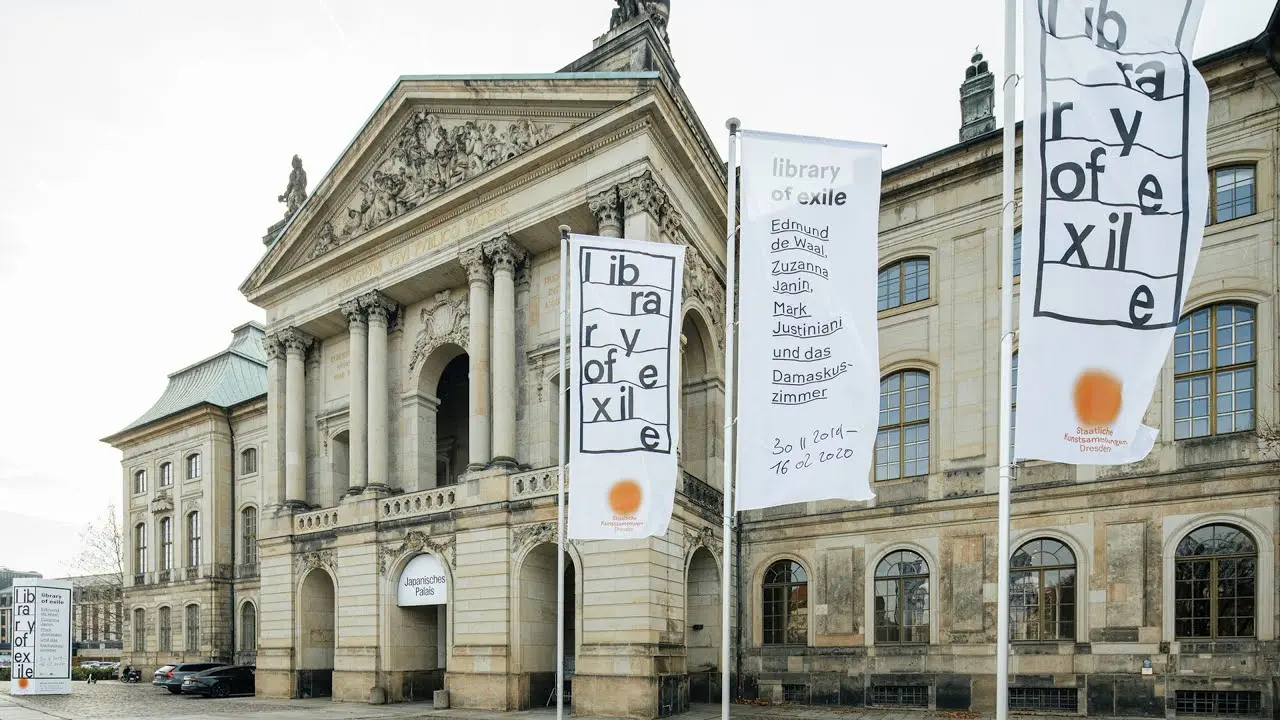
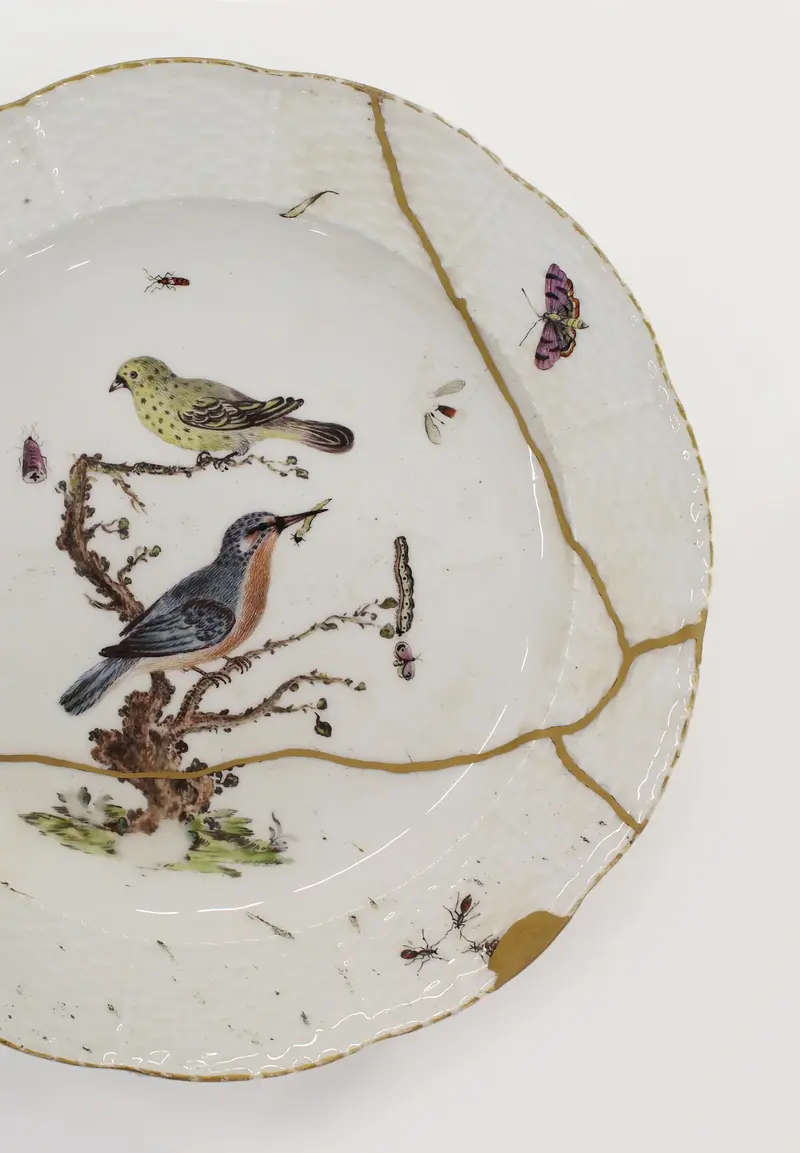

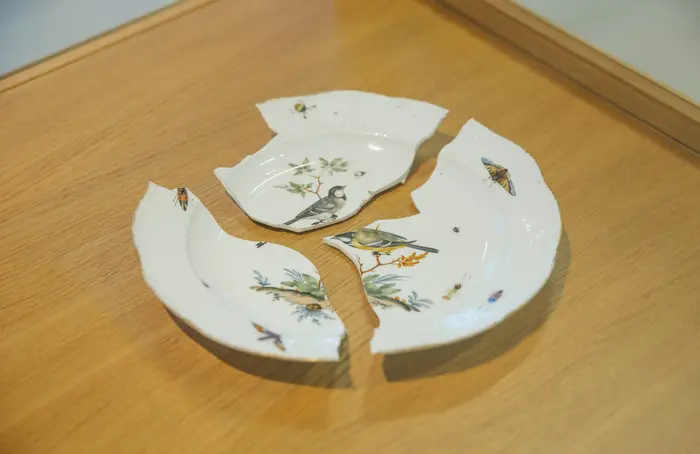
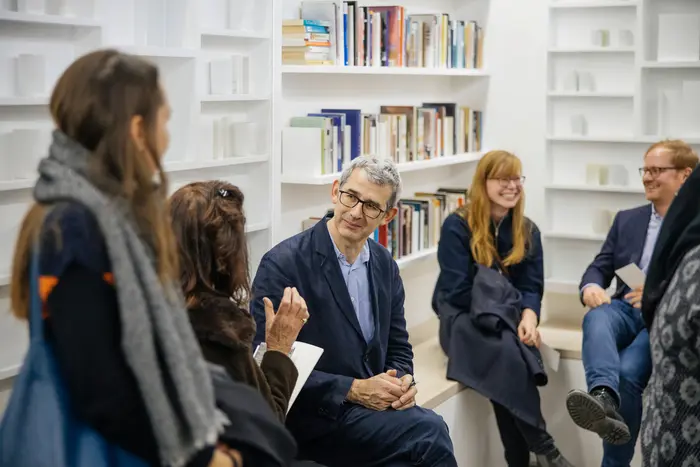
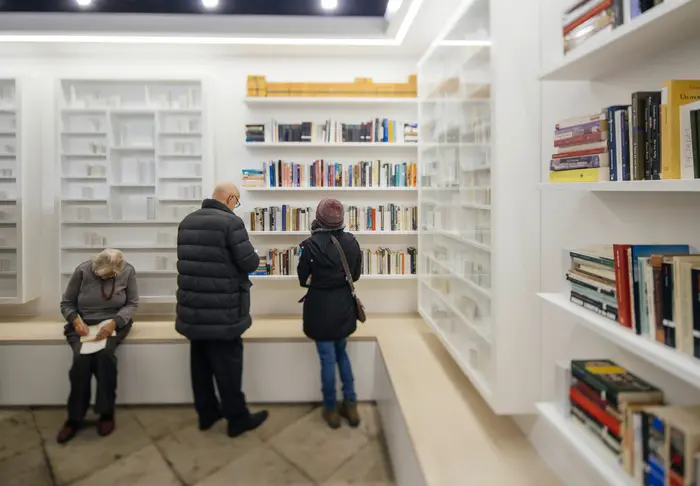
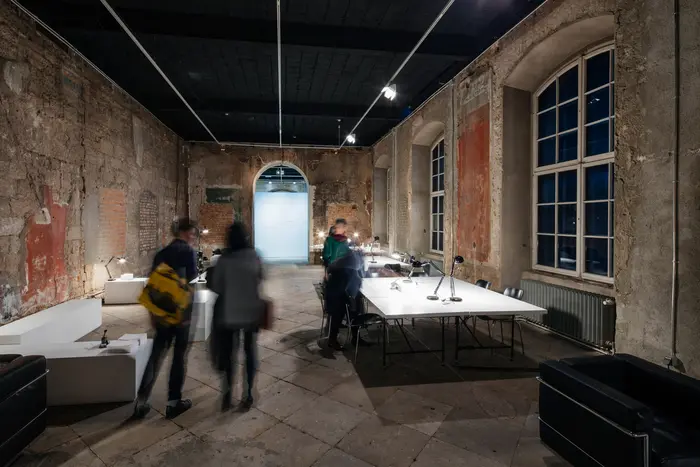
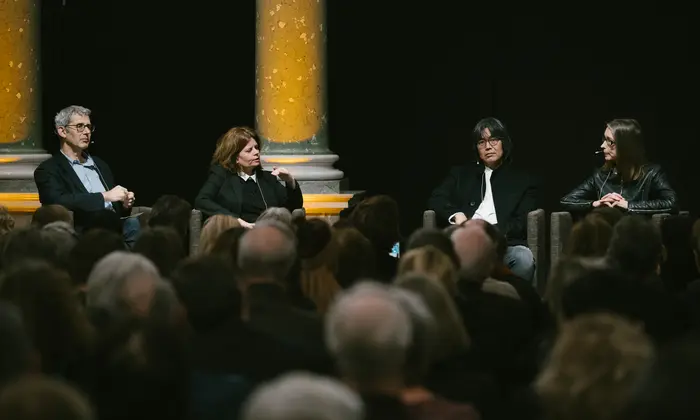
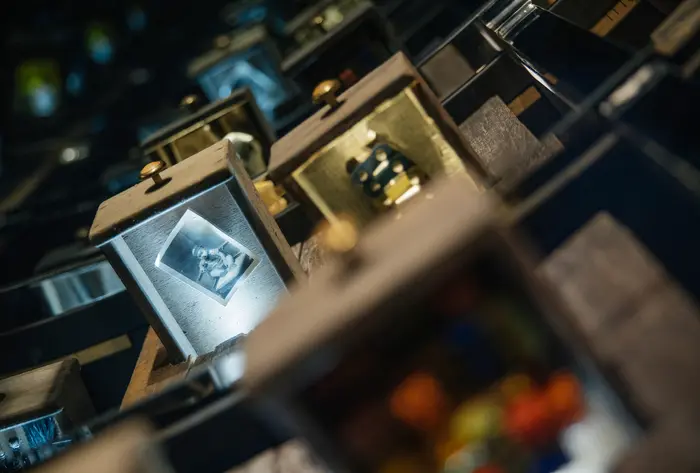
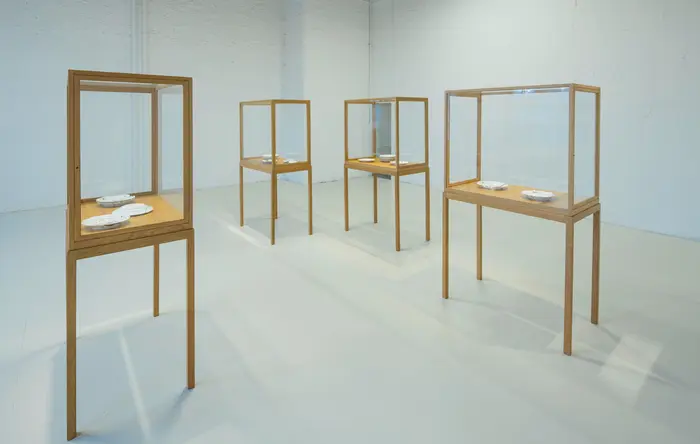
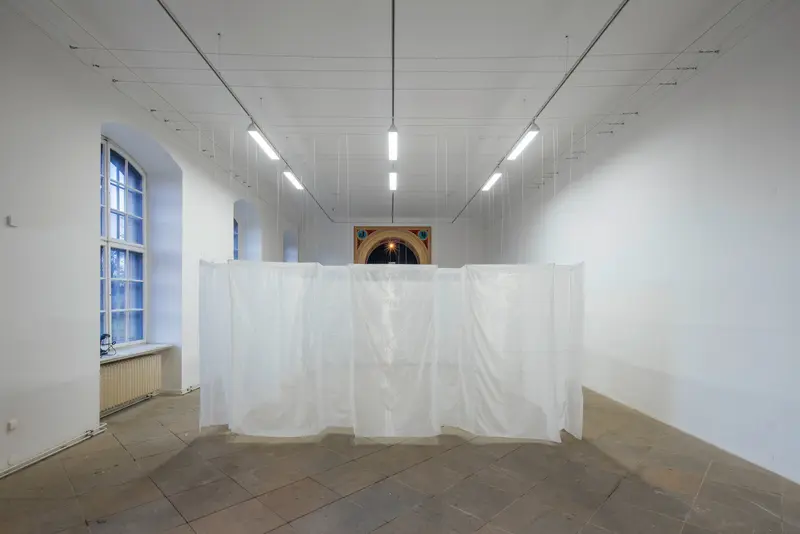
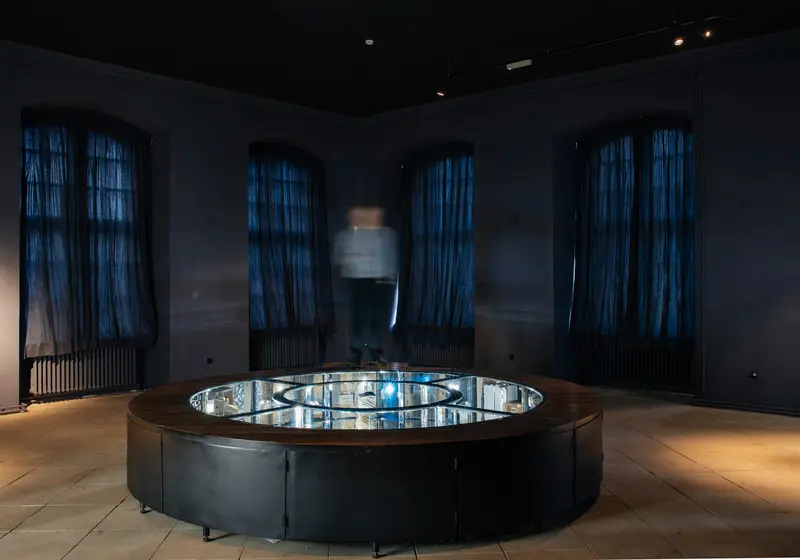
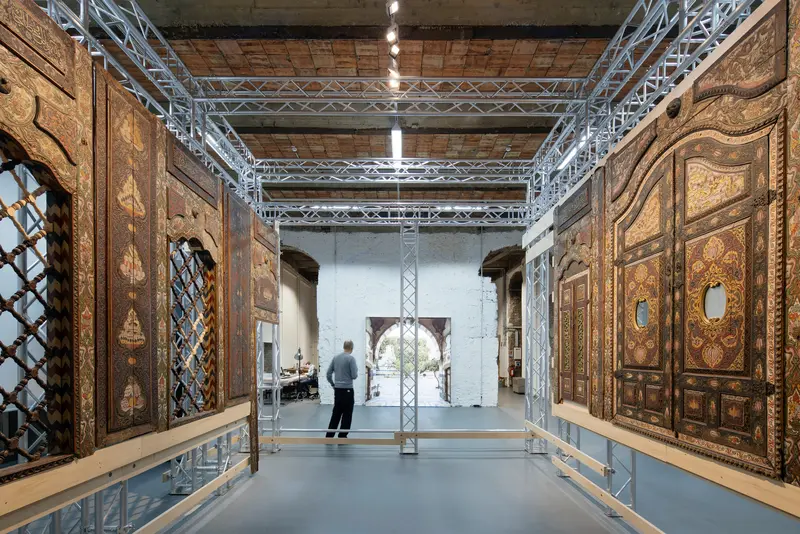
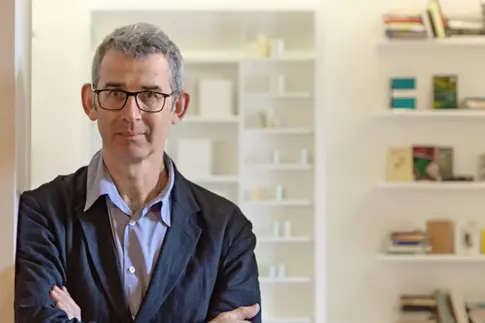

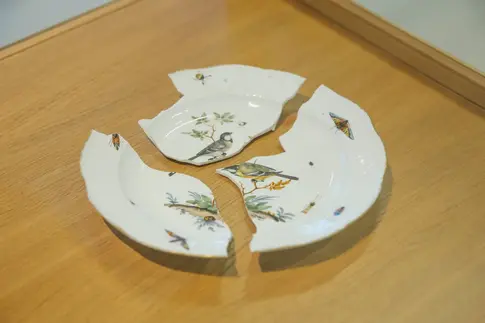

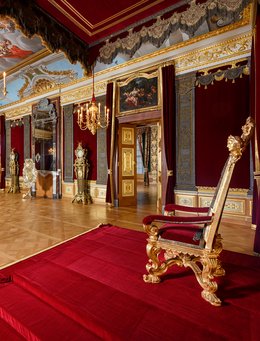
![[Translate to English:] Museum für Sächsische Volkskunst Räuchermann](/fileadmin/_processed_/1/7/csm_vkm-dauerausstellung-ausstellungsteaser-portal_dc7a4b3204.jpg)
